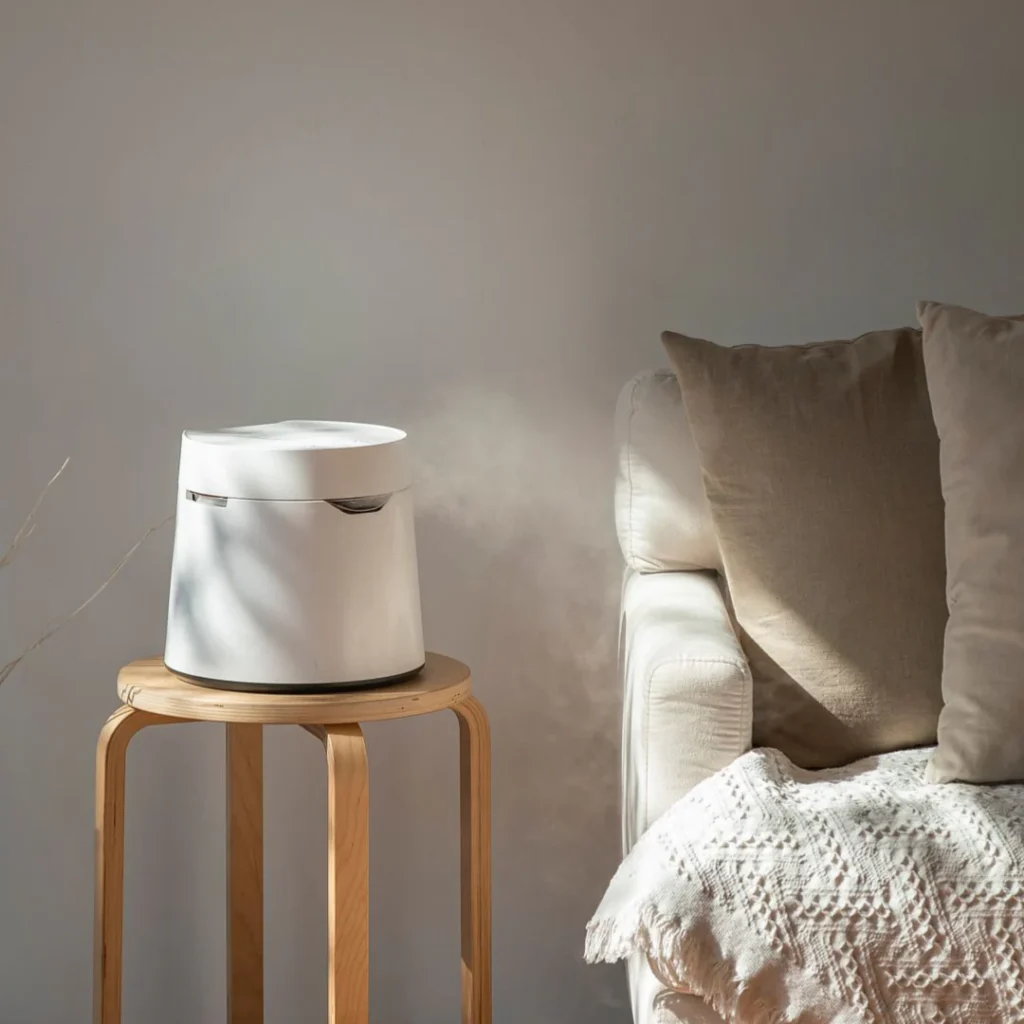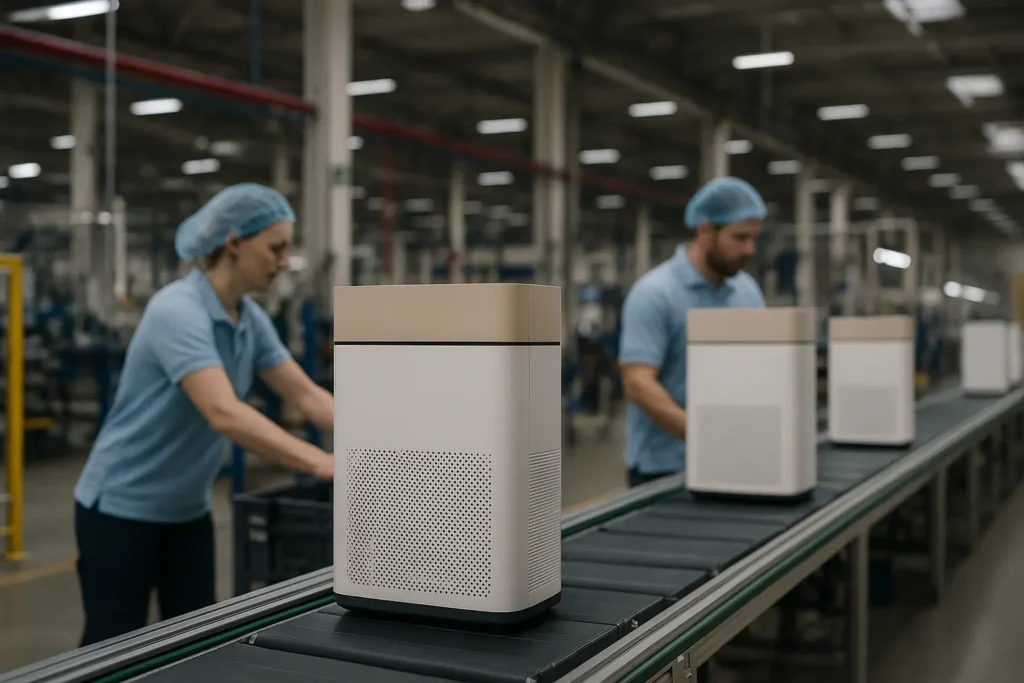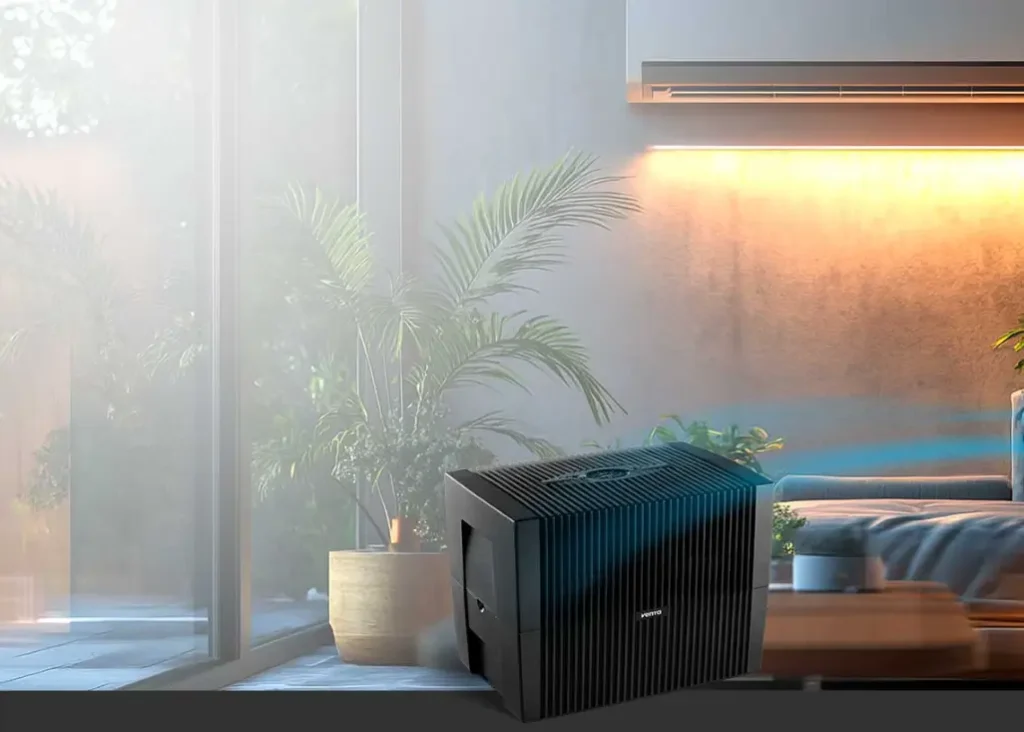Radon is a natural gas. However, the danger comes once it enters your home and begins to grow and increase. Learn how to remove and mitigate radon gas in your indoor spaces below!
Radon is a gas produced by certain metals, such as uranium. It exists in soils, rocks, and groundwater. It is safe to say that there's radon around us, but only at safe levels.
However, keep in mind that radon can enter your homes and buildings. Once it does, it may accumulate and build over time. High radon levels are linked to various respiratory illnesses, such as cancer. You wouldn't want to expose yourself to such a harrowing predicament.
Read on so that you'll know more about radon and the mitigating strategies to control it, including the use of high-quality air purifiers.
Where Does Radon Come From?
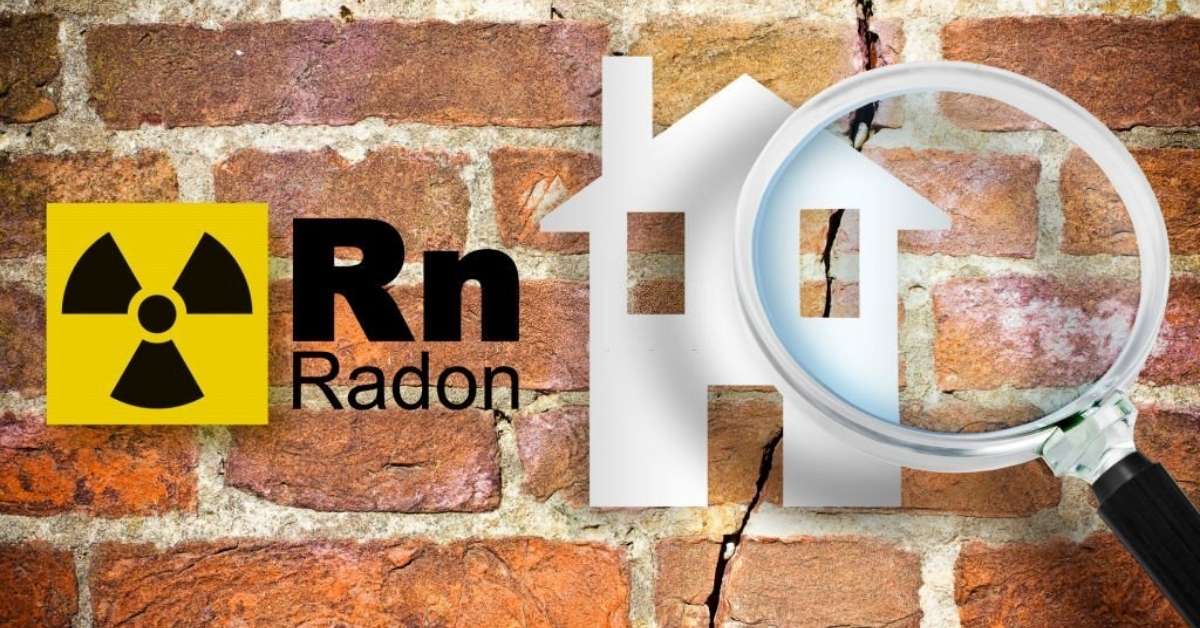
Image Source: iStockphoto
Radon is a radioactive gas produced by the breakdown of uranium, radium, and thorium. These metals are radioactive and are usually present in groundwater, rocks, and soil. Since radon is produced in the ground, its existence is not anomalous. In fact, we are exposed to it.
Moreover, radon can also flow through surface water, groundwater, and air. Hence, it is likely that radon gas can enter your water supply line, as well. Interestingly, it is said that radon concentration in water coming from wells is higher than water derived from surface-level sources.
Furthermore, radon exists in natural gas, especially the gas that has contact with underground uranium or rock/soil that has radon. Radon mixes in the air and will travel through your distribution and service pipes. Hence, there's a likelihood as well that radon can be present in heaters, water heaters, furnaces, and stoves.
The dangers of radon come when you are exposed to it for a long time and in large quantities. Your history of being a smoker could also trigger the risk factors of radon-related illnesses. Installing large air purifiers is needed to help minimize your radon exposure.
Is It Normal to Have Radon in the Air?

Image Source: iStockphoto
Yes. Radon isn't a man-made gas. Scientifically speaking, radon is a natural offshoot of the environment. For instance, it is present in soil and rocks. The process of burning fossil fuels and coal will also release radon.
The only problem here is if the radon level is too high. According to experts, the safe level of radon should not exceed 4.0 pCi/L. But that level is already alarming. Keep in mind that the average radon level in outdoor settings is just 0.4 pCi/L. Mitigation is important here.
Can Radon Be Dangerous?

Image Source: Unsplash
Yes. Prolonged and excessive exposure to radon is definitely harmful to one's health.
When radon enters your body, the gas produces radiation throughout your lungs. According to experts, small quantities of radon isn't that bad. If it is otherwise, things will get problematic.
Radon damages the linings of the lungs at a cellular level. Because of this, a person exposed to radon has a high risk of developing lung cancer. Based on the available data, roughly 20,000 deaths related to lung cancer are due to radon exposure. While cigarette-related deaths are still higher, the numbers remain significant.
Hence, it is wrong to downplay the hazards that radon could cause to your health. It should be addressed properly.
Common Areas in Home Where Radon is Present
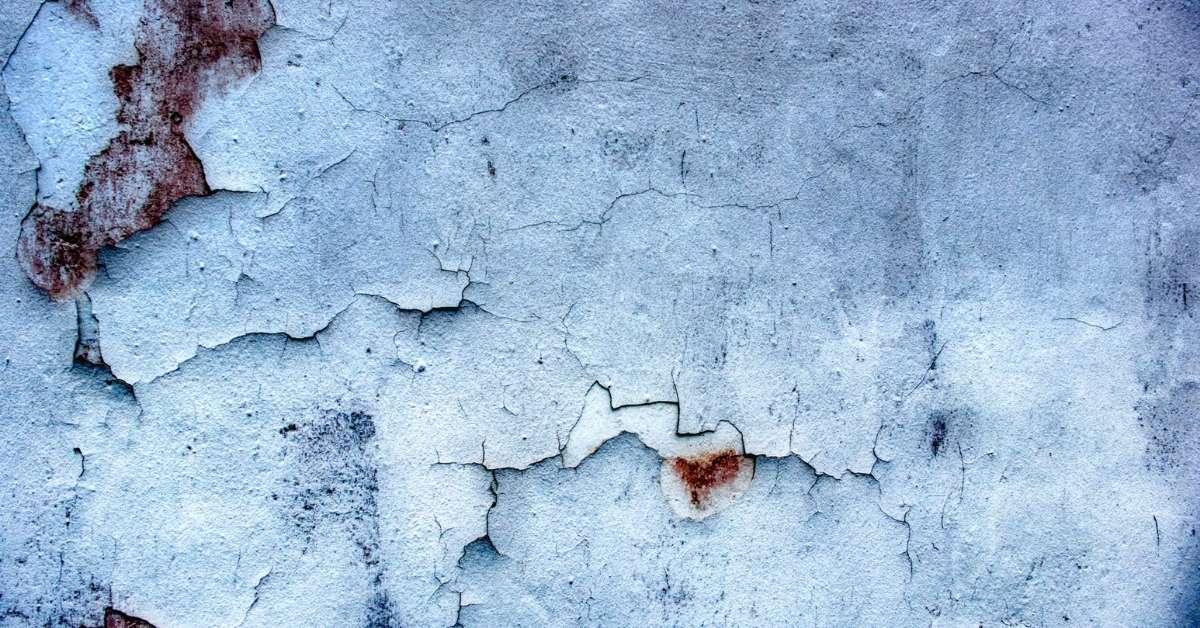
Image Source: Unsplash
Radon is a type of gas. Hence, its permeability allows it to enter houses and buildings easily. There are certain parts in your property where radon gas can pass through. Here are some of them.
Cracks on Concrete Floors
Since radon is usually emitted in the ground, it is inevitable that it can find its way to the floors. Hence, if your crawl spaces or basements have cracks on their flooring, it is likely that the gas would enter through there. Hence, it is essential that you can repair these seams to prevent radon from pervading your spaces.
Cracks on Walls
Alarmingly, radon can enter your home even if the flooring is fully sealed. If there are gaps and cracks in the wall, radon can enter there. Again, it is important that you can install mitigation strategies to keep your walls impervious to radon entry. Once your walls start to crack, repair them right away.
But even if there are no cracks, radon can still enter the walls. Specifically, they can pass through the cavities of the slabs or blocks. Sealing them properly is the way to keep the harmful gas out.
Seams on Service Pipes
The service pipes in your home are also doors for radon to enter. In some cases, the gaps are too big, which enables the gas to sneak and breach your living spaces. Professional contractors can help you address this problem.
Crawl Spaces
As long as there are vacuums on the crawlspaces, radon can enter. These vacuums draw gaseous substances beneath them. Even if your crawl space has vents, it is still likely that the small vacuums would pop. As a result, they absorb radon and gradually diffuse it throughout your home.
Why is Radon Purification Important?
There are a lot of risks that radon can pose to your health, especially if there is prolonged exposure. For instance, radon can increase the risk of developing cancer. That alone is the very reason why you should do your best to control or remove its presence in your home.
Since radon is something that we don't want to deal with, it is crucial that we have effective mitigating mechanisms against it. One approach you can try is through the use of air purifiers. For those that have a severe radon problem, contacting professional radon removers is a must.
Adding Air Purifier to Get Rid Of Radon
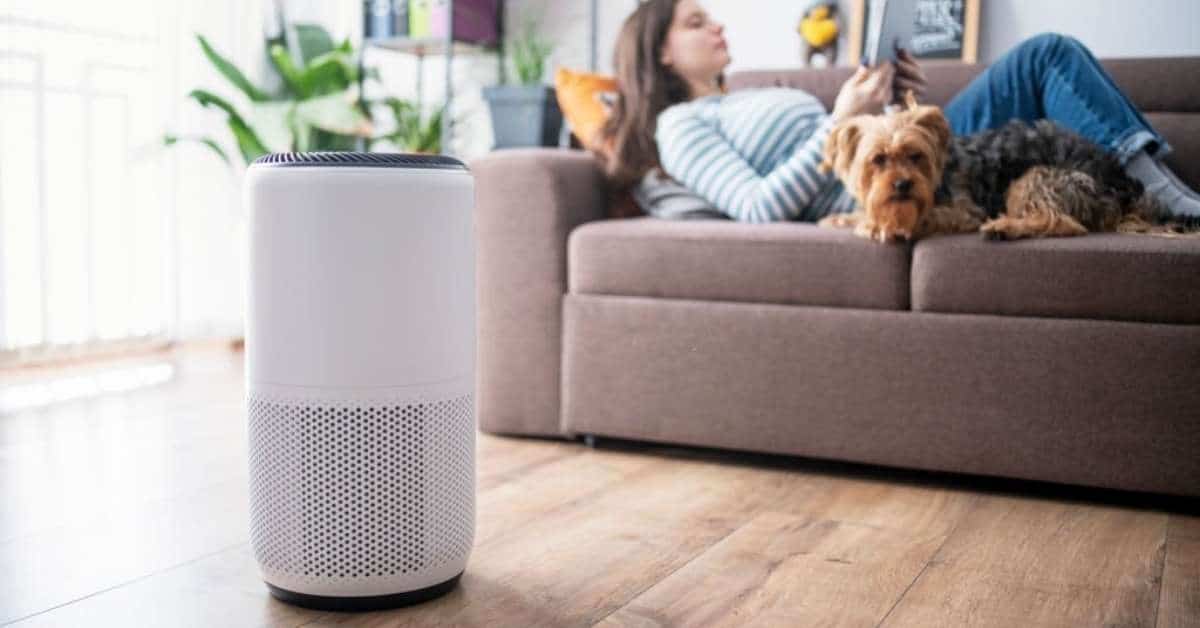
Image Source: iStockphoto
Air purifiers are essential appliances for homes and properties with radon problems. Of course, these air purifiers may not be able to deal with high levels of radon. But you can guarantee that these devices can help in controlling their spread.
With these air purifiers, you minimize your chances of running into a radon exposure. Read on to learn more about these air purifiers and the benefits they provide to your indoor air quality.
Why is an Air Purifier Important for Improving Air Quality?
Indoor air pollution is an issue today. After all, there are a plethora of contaminants that could exist inside and outside our homes, buildings, and properties. Normal means of air purification, such as the opening of windows or regular vacuuming, will not deal with these airborne pollutants.
Particulate matters, gaseous substances, chemicals, and dust are among the things that are lingering in the air. And the worst part of them is that you don't normally see them. You'll just be aware that there's a problem in the air you breathe because of the frequent allergy flare-ups and asthma attacks. People inside your home are getting sick more often than not.
Air purifiers are designed to keep these airborne pollutants in check. They absorb the air in a given room and let them pass through a series of filters. After that, the air is released back into the room, but this time, cleaner and fresher.
Air Purifiers for Radon Removal
While there are other extensive and more straightforward strategies for removing radon in your property, air purifiers remain to be a decent option to try. Air purifiers can gradually remove low to moderate levels of radon in your living spaces. They have specialized filters that can do this job.
Specifically, air purifiers have carbon filters that capture a plethora of gaseous compounds, chemicals, and other non-solid elements in the air. Hence, you can ensure that these devices are capable of minimizing or controlling the levels of radon wherever you live.
Are Air Purifiers for Radon Removal Safe?
Yes. Technically speaking, air purifiers that use filter-based mediums are the safest option you have for air purification. After all, these air purifiers don't generate residues or harmful emissions in the air whenever they are running. Regardless of how long you use them, your indoor air remains clean.
The only type of air purifier that you should be wary about is ozone air purifiers. These devices generate ozone in the air. It is claimed that ozone neutralizes contaminants in the air.
However, keep in mind that ozone is a gaseous compound that irritates the lung. It may even worsen the effects of radon in your space. Furthermore, there is no scientific proof that ozone is an effective mechanism for air filtration. So at this point, you should just stick to filter-based air purifiers.
How Do Air Purifiers Work to Remove Radon?
Radon is a gas naturally produced in the ground. Since it is gas, it cannot be removed through conventional means. In fact, professional radon contractors use specialized mitigation procedures to deal with areas with high radon levels.
In the case of air purifiers, carbon filters are the removal medium. You see, these carbon filters have specialized designs that let them trap gaseous elements, chemicals, and volatile organic compounds. HEPA filters, pre-filters, and UV lights can't eliminate these pollutants in the air.
These activated carbon filters trap molecules on their surfaces. These filters are porous, which enables them to expand their effective surface area where contaminants latch on.
Removing Radon by Air Purifier: Step-By-Step
Air purifiers can remove different contaminants through their filters. When it comes to gaseous substances such as radon, activated carbon filters are involved. Below are the specific steps on how air purifiers remove radon gas.
- The air purifier uses its fan to draw air on it.
- Once the air is inside the air purifier, it will be pushed through several layers of filters.
- It is on the carbon filter where the gaseous substances are trapped through the process of adsorption. The latter works by trapping the chemicals and substances to the surface, preventing them from circulating back in the air.
- This cleaned air is then released back into the room.
The process is repeated until such time the presence of contaminants is under control. This is how air purifiers remove chemicals, gaseous irritants, and volatile organic compounds.
How Long Does It Take for Radon to Settle After Removal?
In the ideal setting, having an effective radon removal setup would clear the radon in just a matter of hours. However, that doesn't happen. After all, numerous factors may impact the speed of the removal.
One factor is the mitigation technique implemented. Some systems are small, while others are robust. But the larger ones are more difficult to install. At the same time, the size of your home is an issue, as well. Spacious homes may require some time before the radon levels would be controlled.
You should also consider the source. Depending on where you are living, it may be impossible to eliminate radon. The best thing that you can do is to control it to safe levels so that you won't experience respiratory problems.
Things to Consider Before Buying an Air Purifier for Radon Removal
The effectiveness of an air purifier is essential for radon removal. Hence, you need to consider the following considerations before choosing an air purifier for your homes and buildings.
- Activated carbon filter - This is the filter that captures and eliminates gaseous substances like radon. Without it, the air purifier will not be able to filter out the radon emissions from the ground. HisoAir air purifiers contain this particular filter, so you need to check them out.
- Clean air delivery rate - The clean air delivery rate (CADR) is the measurement of how much air an air purifier can process over a given period. Specifically, the higher the clean air delivery rate, the more contaminants in the air can be eliminated. For large spaces, you need an air purifier that provides powerful airflow to prevent airborne pollutants from proliferating.
- HEPA filter - An air purifier requires the service of HEPA filters. With this filter, the air cleaner removes 99.9 percent of microscopic contaminants, such as allergens and pathogens. It may not capture gaseous substances, but it can deal with other pollutants that could cause aggravating respiratory illnesses.
- Square footage - In any setup, you need to assess the effective coverage of an air purifier. Essentially, you need to match it with the square footage of the room where you want to put the air purifier. So if your basement is around 300 square feet, you need an air purifier that has an effective coverage of at least 300 square feet. The higher the number, the better.
Air Purifiers That Are Best for Radon Build-Up
Numerous air purifiers exist in the market today. But nothing beats the following air purifiers and their performance against gaseous contaminants such as radon:
1. HisoAir Model HA-1968
| Coverage | Types Of Filters | |
| HisoAir Model HA-1968 | 1,937 square feet | HEPA filter, activated carbon filter, pre-filter, UVC light |
| HisoAir Model HA-1601 | 1011 square feet | HEPA filter, activated carbon filter, pre-filter, UVC light |
| HisoAir Model HA-139 | 516 square feet | HEPA filter, activated carbon filter, pre-filter, UVC light |
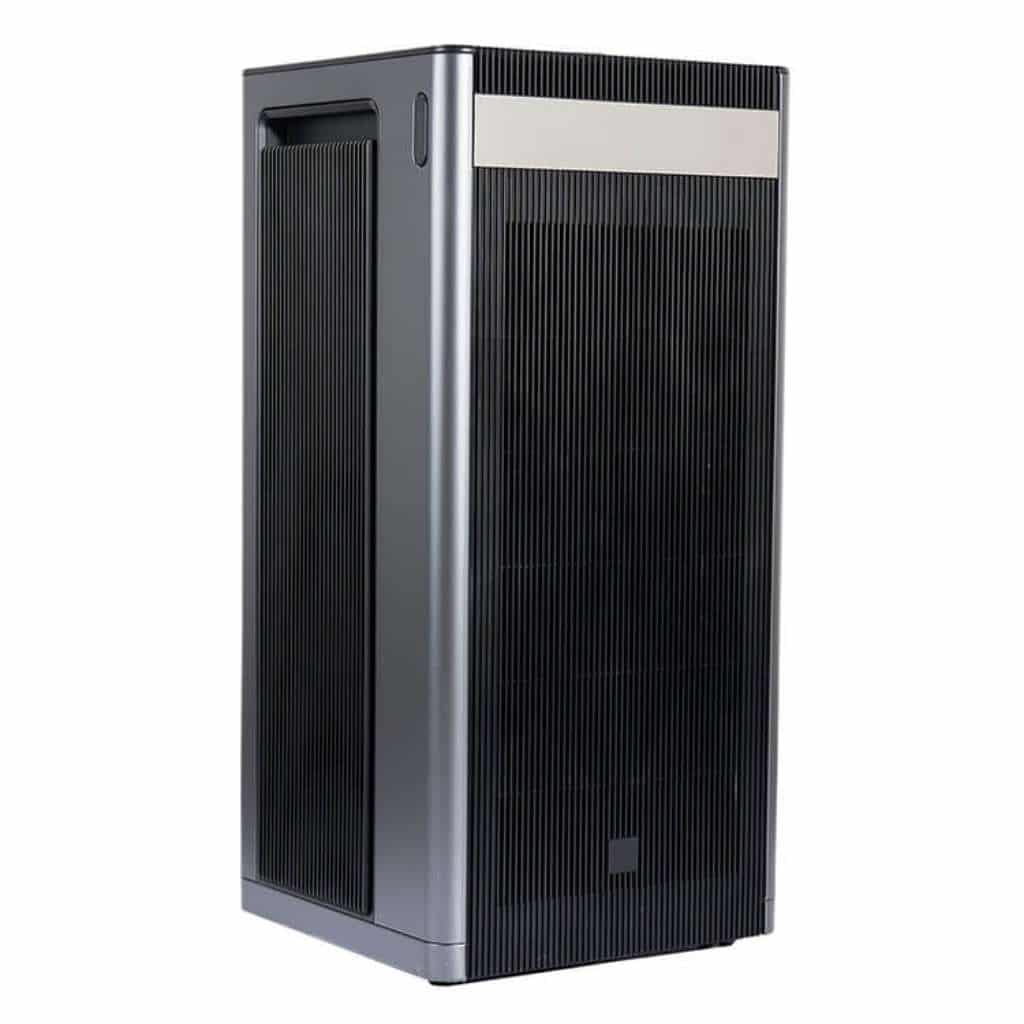
Image Source: HisoAir
Let's start this list with the HisoAir Model HA-1968. This particular line of air purifiers is designed for large spaces, such as offices, schools, and commercial properties. It can do comprehensive air purification, thanks to its high Clean Air Delivery Rate (CADR) of 1,500m3/h. Such a figure indicates that this air purifier can process and purify air efficiently even if it's placed in rooms with extensive square footage.
Furthermore, this air purifier equips itself with impeccable filters. Its activated carbon filter works really well in capturing gaseous substances, such as radon. It also excels in removing volatile organic compounds and other chemicals that can cause pulmonary problems. It has an ergonomic interface, as well, so that you operate it properly based on your requirements.
| PROS | CONS |
|
|
2. HisoAir Model HA-1601
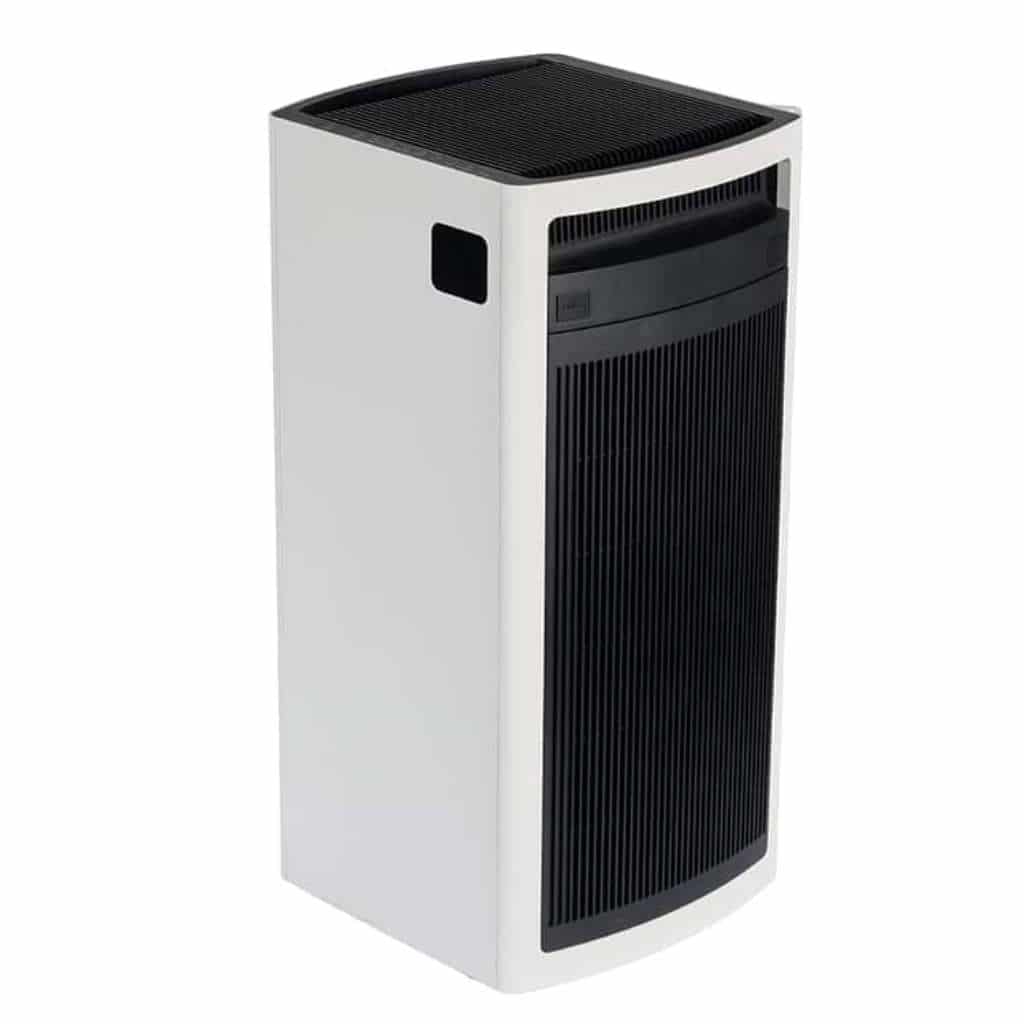
Image Source: HisoAir
If you want to maintain a safe level of radon gas in your home, you need to install the HisoAir Model HA-1601. This air purifier is designed to work in areas where airborne pollutants are heavy in concentration, such as in basements and living spaces. It is an effective tool in capturing radon, thanks to its high-quality activated carbon filter. The latter adsorbs various gaseous substances, preventing them from circulating back in the air.
At the same time, the HisoAir Model HA-1601 has an energy-efficient design. It can operate continuously without causing a spike in your power bill. It is an essential feature required for spaces that need constant air purification. It also runs quietly so that it won't become a nuisance in your home, regardless of where you put it.
| PROS | CONS |
|
|
3. HisoAir Model HA-139
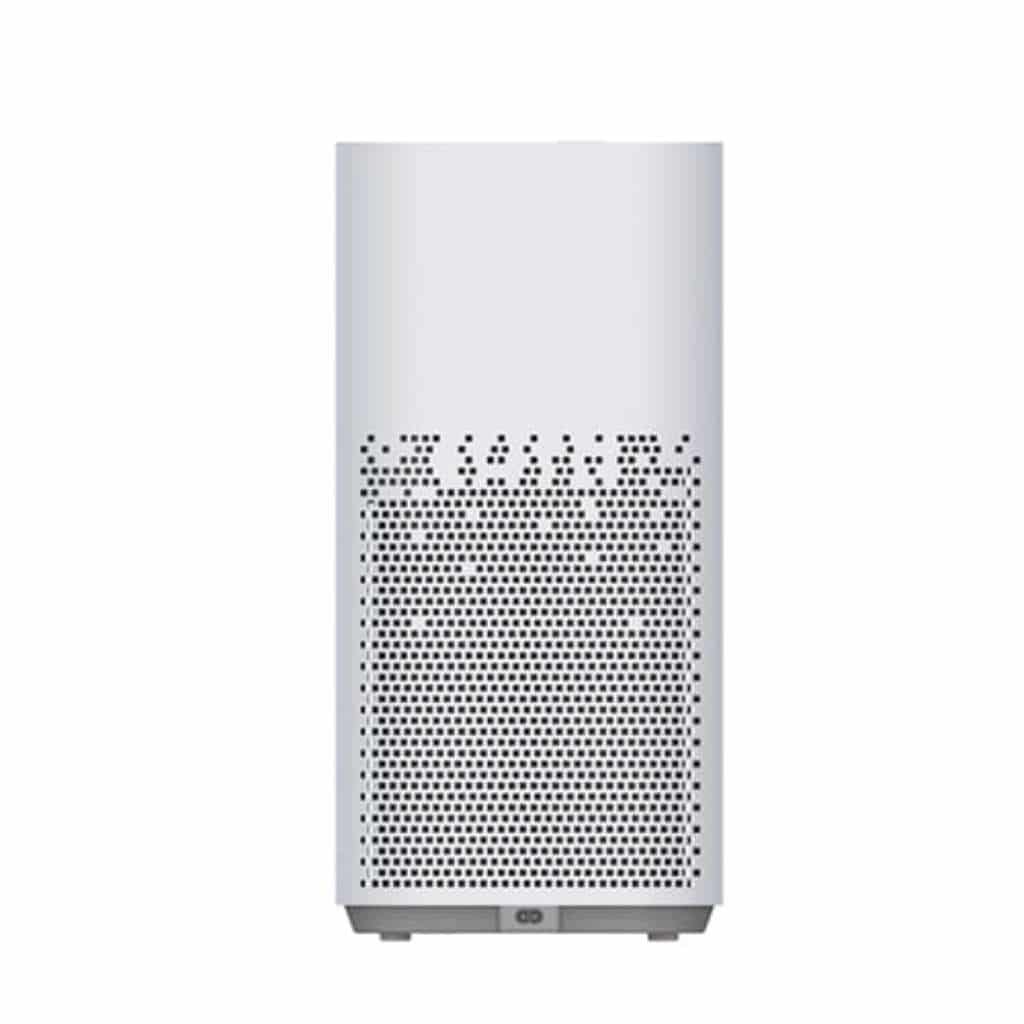
Image Source: HisoAir
When it comes to eliminating gaseous and chemical pollutants, you can always trust the HisoAir Model HA-139. This particular air purifier has an innovative carbon filter that traps these gaseous substances and odor-causing contaminants. It can keep your air fresh, clean, and breathable. It also includes other essential filters, such as its HEPA filter, that inhibits the proliferation of microscopic airborne pollutants.
Using this air purifier will never give you headaches. All of its controls are pretty straightforward, so you can adjust its settings whenever you want to. Interestingly, this air purifier also includes air quality sensors. This lets you know if the air you are breathing is free from potential disease-causing particulates. Overall, the HisoAir Model HA-139 is a great air purifier for various applications.
| PROS | CONS |
|
|
How to Prevent Radon Build-up After Removal
Depending on the severity of the problem, there are certain things that you can do to keep your home free from radon. Here are some of those strategies:
- You should consider upgrading the flooring system of your house, especially if it doesn't have a crawlspace. You can do this by putting a gas-permeable layer beneath the flooring. A thick layer of gravel can do the job. After that, you should cover it with plastic sheeting so that radon won't be able to pass through.
- Next, you should consider installing a gas-tight pipe from the crawlspace or basement toward the roof. The pipe will help vent the gaseous elements from the ground and away from your home.
- An interesting approach is to run an electrical line in your attic. In this way, you can install a vent fan there. It would transform the pipe into a suction system, absorbing the gas and chemicals out of your house.
- Of course, providing sufficient ventilation to your house can also help in reducing radon contamination.
Other Ways to Get Rid of Radon
Since radon is a naturally occurring gas, eradicating it is not that easy. After all, radon could exist outside your property. Eventually, it will be able to enter your homes and buildings.
Radon build-up is an issue, considering there's no safe level for it. The best thing that you can do is to reduce it to the lowest level possible. Here's how you can do it.
Find a Professional
The first thing that you need to do is get in touch with a qualified professional to assess and address your situation. In the United States, there are national radon proficiency programs that let you get in contact with these professionals.
When the radon level is high, technical and specialized interventions are required. If the contractor isn't professional, the problem will not go away. In fact, it may get worse. Once a professional contractor is present, they will be able to provide you with the appropriate fixes. But of course, this does come with a cost.
Active Soil Depressurization
One of the specific solutions for keeping radon levels in check is a soil depressurization system. This one doesn't need extensive renovations to your home or building.
This method is usually preferred by property owners because it is cost-effective. This is a method common in homes whose basements or undergrounds have concrete flooring. With this method, the air pressure between the soil and the indoors is reversed. This inhibits the entry of radon gas into your home.
Again, contacting a professional lets you know if this particular radon-reduction method is applicable to your setting.
Block Wall Depressurization
This particular radon reduction system uses ductwork and a fan. These two components are designed to suck radon gas via the hollow openings of block walls. Essentially, this method works if the walls in your house are made from cinder blocks or similar materials.
The effectiveness of this method is dependent on ensuring that the air pressure in the hollow cavities is lower than the air pressure within the basement. The latter is where the suction and piping components will be installed. Through the difference in the air pressure, the radon gas would be pulled from the ground. As a result, the radon would be dispersed before it can enter your home.
This particular method is highly effective but requires trained contractors. Furthermore, it is only recommended if the radon level is higher than four picocuries per liter of air (pCI/L).
Seal Cracks and Gaps
If the radon levels in your house aren't high, then there are some methods that you can do to keep it that way. One of these strategies is to conduct repairs, targeting the cracks and gaps in the walls and floors.
By doing these simple repairs, you will be able to prevent the entry of the said gas inside your home. And the best thing about these repairs is that you can do them on your own. Having the correct sealants, such as caulks and plasters, is essential here.
Of course, if the damages are too severe, you would need professional contractors to fix them for you. Complete repairs are costly, but they can really prevent radon build-up.
Conclusion
As you can see, radon build-up is dangerous to your health. It can cause numerous health complications, especially if there's prolonged exposure. Hence, appropriate mitigating measures should be implemented for homes and properties that are experiencing high radon levels.
Installing high-quality air purifiers can prevent radon pollution inside your home. Through their carbon filters, radon gas would never proliferate in your home. Visit HisoAir and get to know some of the best air purifiers for radon!
Check our other informative blogs, too!



